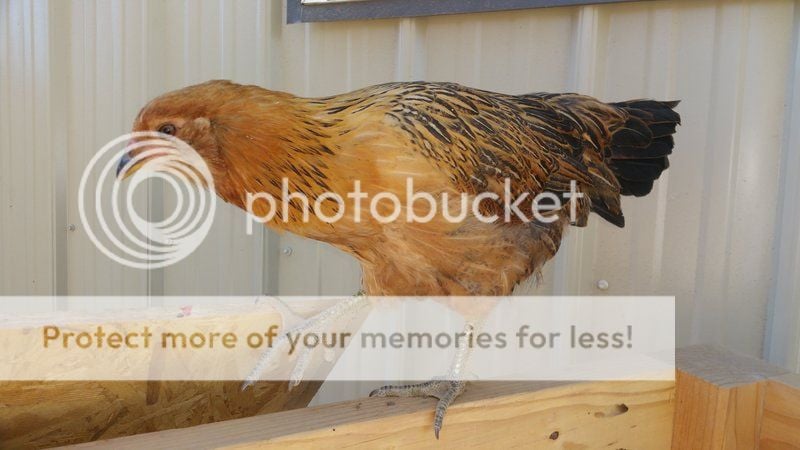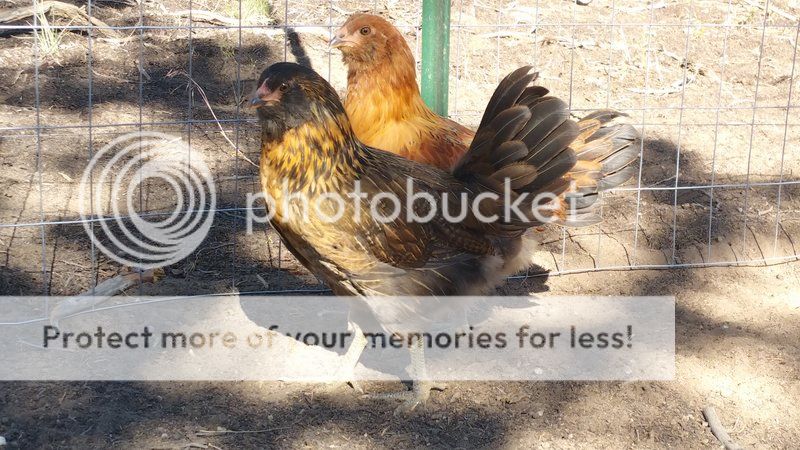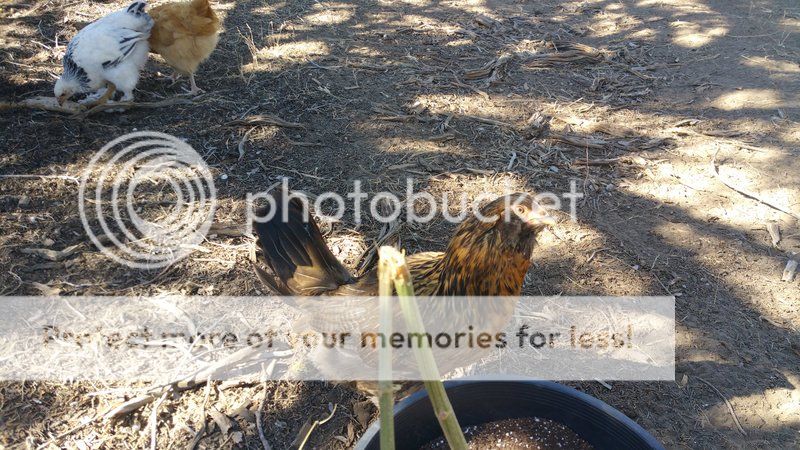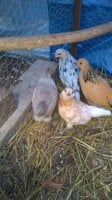Richard Pryor
Songster
- May 17, 2017
- 179
- 92
- 108
Thanks @debid! I was afraid Brooklyn was a boy, but she's too friendly to be a roo! I have to say, I love this breed. Shirley Temple is my #1, and Brooklyn my #3 (after a very sweet RIR called Elsa). She flies to my shoulder (or the top of my head!) every time I get on my knees. She even flies to my forearm when I'm standing up.







 Something got into my grow-out coop yesterday/last night and got my little roo!
Something got into my grow-out coop yesterday/last night and got my little roo! 
